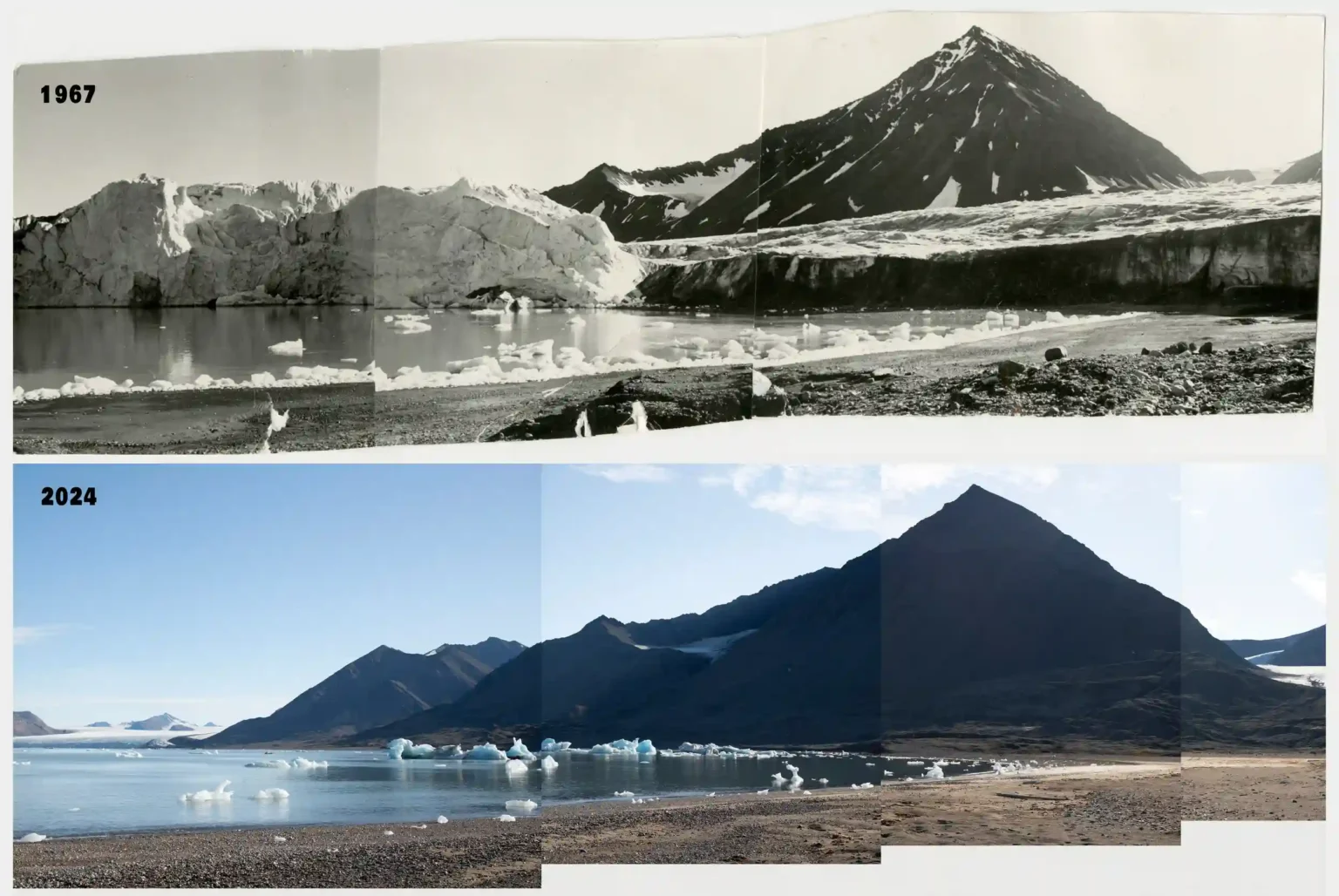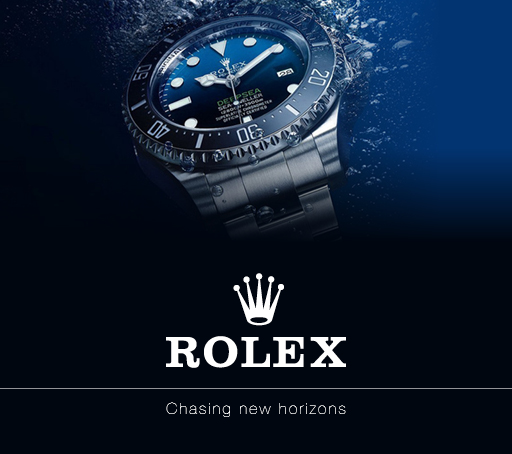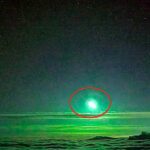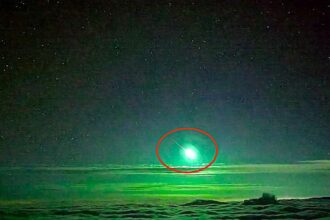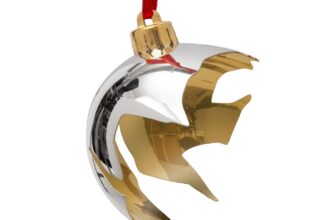Shocking images reveal the terrifying extent to which Arctic glaciers have retreated over the last century.
A set of images have been released by Greenpeace which highlight the scary levels of Arctic glaciers shrinking over the last century.
The images provide an update to an iconic photo series published 22 years ago by the renowned Swedish photographer Christian Åslund, which are still widely shared today.
READ MORE: Photographer brings new lease of life to sports stadiums through 130-year-old panoramic camera lens
- Advertisement -
In 2002, Åslund recreated a set of photos taken in the 20th century from the Norwegian Polar Institutes archive, revealing the extent to which the ice has retreated.
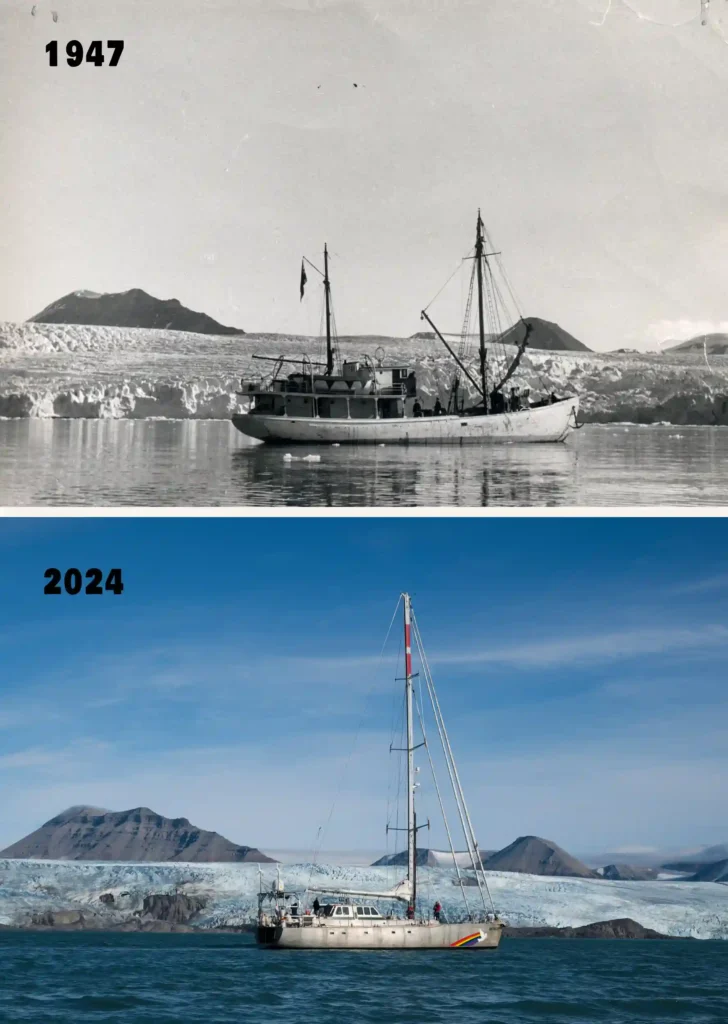
For the latest photos, he returned to the same locations to see what was left.
Christian Åslund said: “At so many of the glaciers I photographed for this series, we saw the same story – ice walls completely gone and glaciers retreating back into nothing.
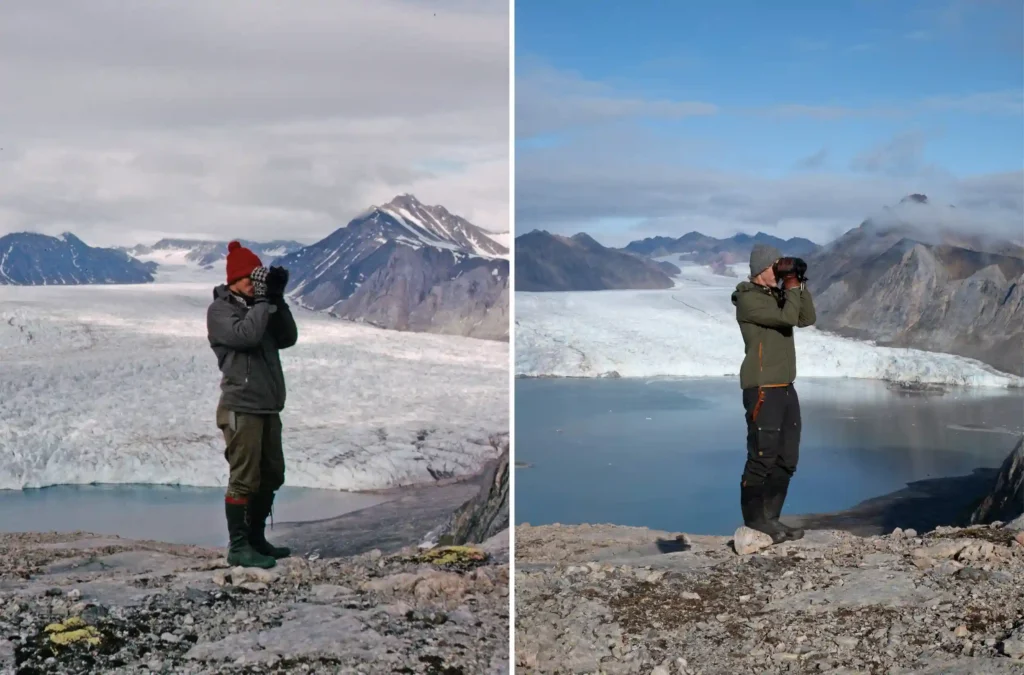
“They illustrate just how quickly our planet is changing as the climate crisis worsens. The Arctic is our climate sentinel – it’s where the climate and ocean crises converge, and where the impacts of these crises are seen first and felt most keenly.”
The Arctic region is warming more than twice as fast as the rest of the world, with glaciers and sea ice disappearing at record levels.
- Advertisement -
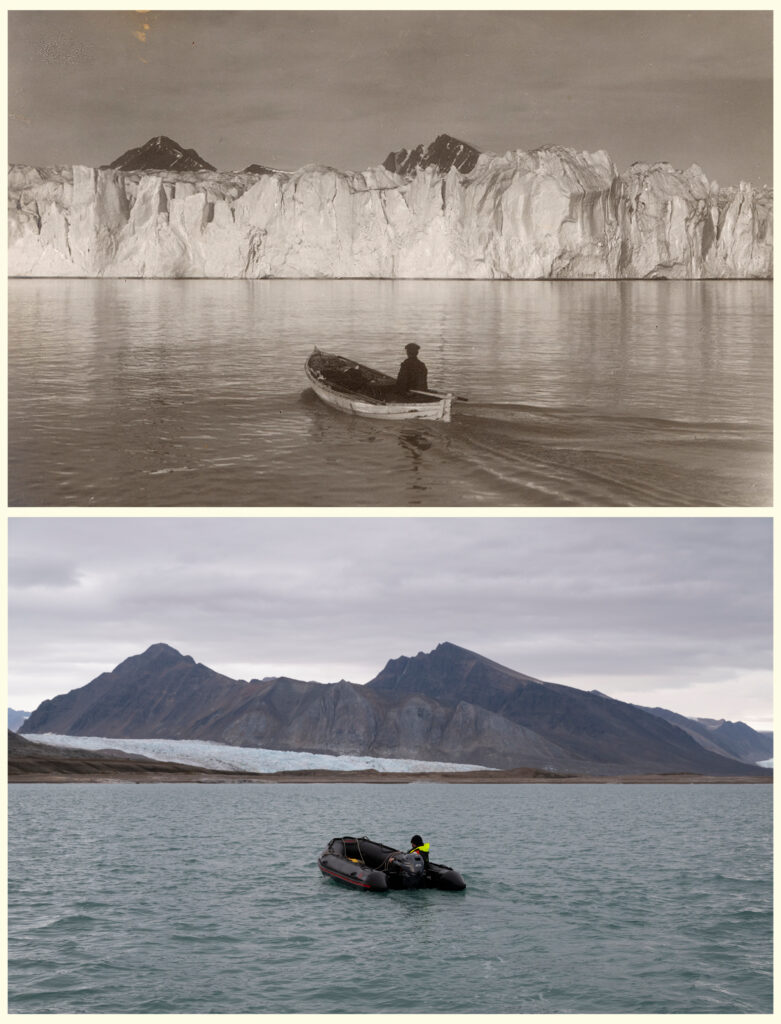
Rapid warming of the Arctic region has global consequences. Melting glaciers and ice sheets are causing sea levels to rise.
Melting sea ice reveals darker ocean that absorbs heat instead of reflecting it and has far-reaching impacts on weather patterns.
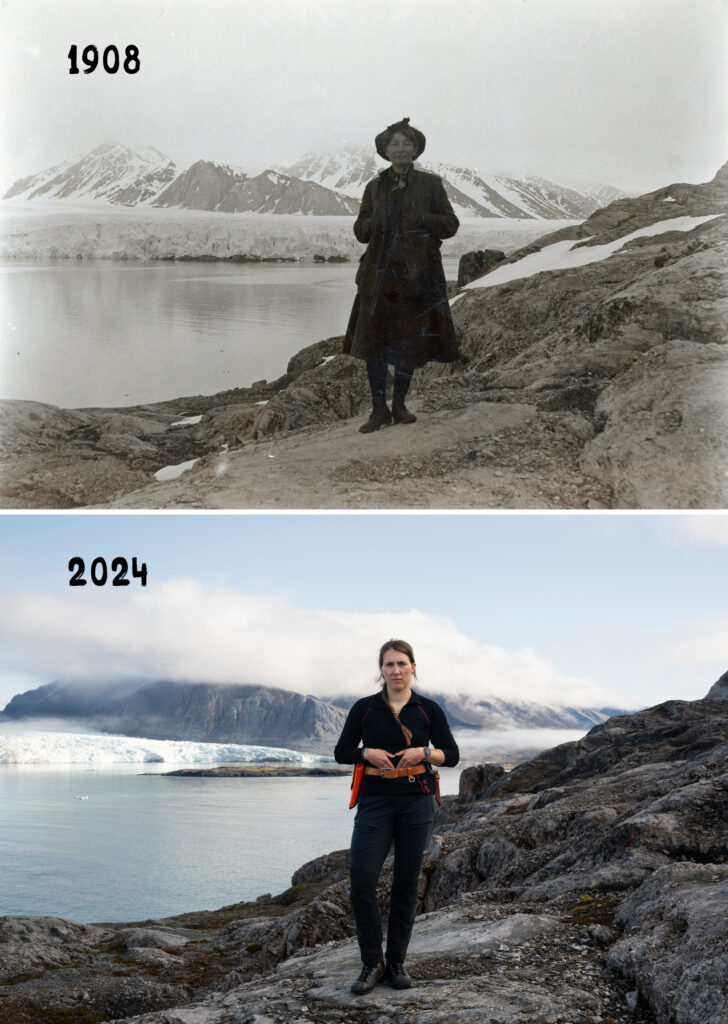
The climate and ocean crises are interconnected.
- Advertisement -
As the climate crisis accelerates, the ocean’s ability to protect us from its worst impacts, sustain coastal communities and support marine ecosystems is being diminished at an unprecedented scale.
Dr Laura Meller, Project Lead of Greenpeace Nordic, said: “Svalbard’s glaciers are now ghosts, haunting the Arctic.
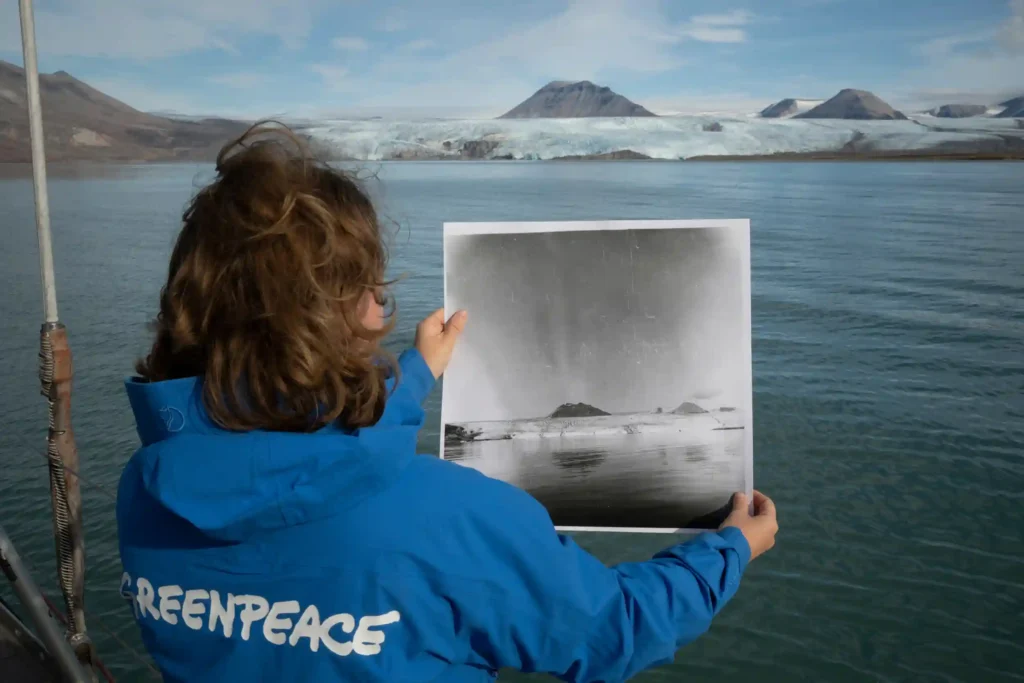
“Even if as a scientist I know the terrible facts about the Arctic warming, seeing these pictures is always heartbreaking.
“Here, at the top of the world, we can hear an alarm from our planet, and can see laid bare before our eyes the fundamentally connected futures of oceans and our climate.
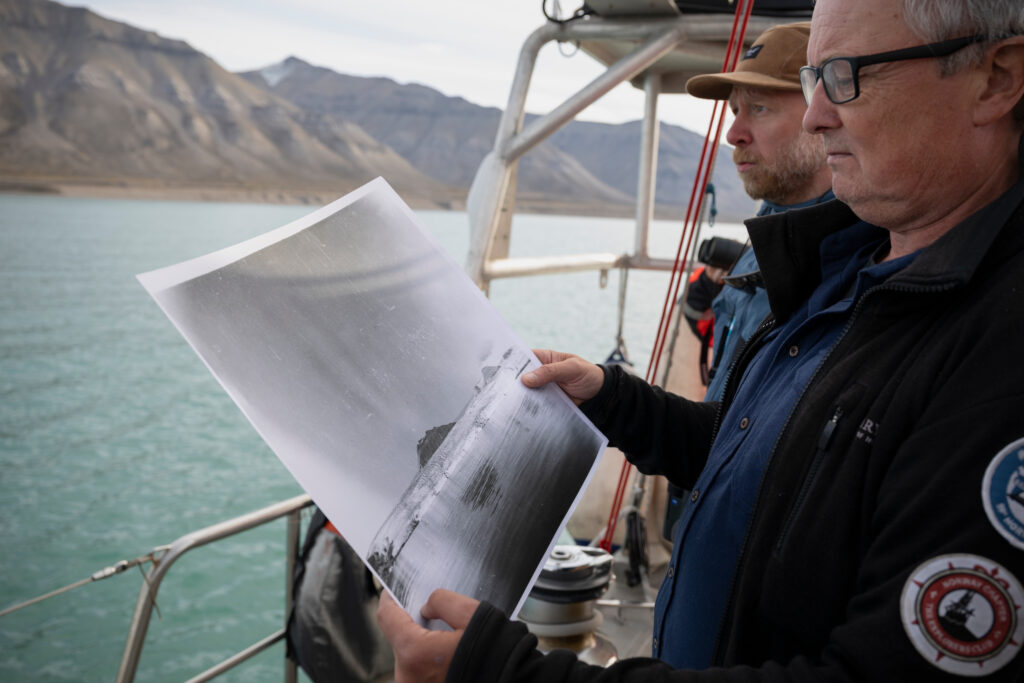
“Stopping climate breakdown goes hand in hand with ocean protection to create space for ocean life to recover, thrive and help us avoid the worst impacts of warming.”
Alongside rapid phase-out of fossil fuels, ocean protection is critical.
This means stopping destruction and damage from current and emerging threats like deep sea mining, and protecting 30% of the world’s oceans by 2030 in a network of ocean sanctuaries.
Greenpeace is calling on governments including the UK to lock into law the UN Ocean Treaty by June 2025 so that creating ocean sanctuaries in the high seas can begin.
Governments must also agree to a moratorium on the dangerous deep sea mining industry.
READ MORE: ‘Like Vicky Pattison, my groom and I celebrated our nuptials with Greggs sausage rolls’


